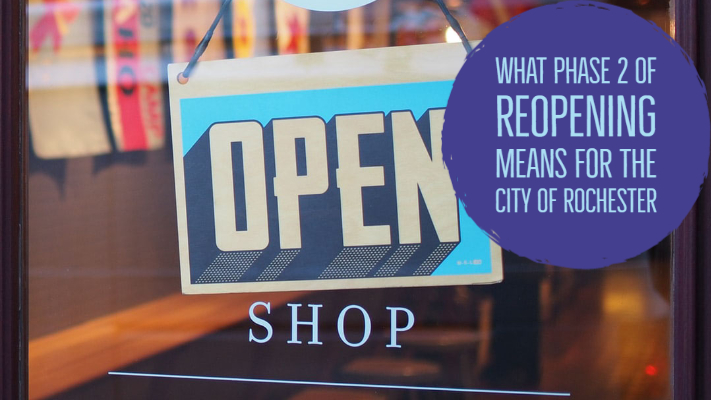 Three years ago, a TV host stood before the Senate Commerce Committee, and told them that, “The Skills Gap is real, and it’s getting wider.”
Three years ago, a TV host stood before the Senate Commerce Committee, and told them that, “The Skills Gap is real, and it’s getting wider.”
“In high schools, the vocational arts have all but vanished. We’ve elevated the importance of ‘higher education’ to such a lofty perch, that all other forms of knowledge are now labeled ‘alternative,'” said Mike Rowe, host of popular TV show Dirty Jobs. “Millions of parents and kids see apprenticeships and on-the-job-training opportunities as “vocational consolation prizes,” best suited for those not cut out for a four-year degree. And still, we talk about millions of “shovel ready” jobs for a society that doesn’t encourage people to pick up a shovel.”
The fact of the matter is that he was right then, and his words still ring true today. There is a distinct lack of skilled laborers, artisans, craftspeople, who go out of their way to really hammer the details of their work, who pay attention to more than just the direct impact of their work, who go the extra mile. Despite the well-paying jobs, ready and waiting to be filled, there is simply no one willing to do them.
Apprenticeship and vocational school programs, though, could not only help fill the skills gap, but offer advantages to students like on-the-job experience, classroom training, and full-time employment. Yet, each year there are fewer and fewer of these educational opportunities. There are 40% fewer apprentices nationally since 2002.
As Rowe touched upon, there’s a stigma on labor positions. Those who go to vocational schools or pursue apprenticeships are seen as either the trouble-makers or the under-performing students — the ones who weren’t “good enough” for college — when that’s simply not the case.
“We’ve done a disservice in this country by suggesting that there’s only one path to success, which is to get a bachelor’s degree,” says the executive director of Opportunity Nation, Mark Edwards. “There are many good-paying jobs available today that, quite candidly, a four-year bachelor of arts degree does not prepare them for.”
This all means that there are jobs that are not only available, but in high demand. There are people out there that could potentially fill them, but don’t, because of societal norms. As a result, the demand for these positions grows, while the educational opportunities shrink. Essentially, the U.S. workforce is caught in a dangerous cycle.
A recently released survey of Rochester-area employers found that there are as many as 26,000 positions that are chronically difficult to fill — middle skills jobs that require candidates to have more than a high school education, but less than a four-year degree.
“Apprenticeships (are) one mechanism to address that need,” said Javier Ayala, the dean of career and technical education at Monroe Community College.
Many of the registered, vocational programs in the Rochester area are run by either unions or private employers and take between four to five years to complete. These programs help their students not only by giving them the skills the need to enter a trade, but also by providing paid benefits, and on-the-job experience.
Training schools and community colleges also have training programs, which are more popular, but require students/workers to pay their way. These students also aren’t getting paid while they learn on the job, either.
“The big underlying theme is that they’re preparing individuals for middle skills careers,” said Ayala.
Thankfully, legislators are taking matters into their hands. Locally, there’s a bill in the works that would contribute $435 million to the Rochester City School District Facilities Modernization Project.
“I am in continued dialogue with all vested parties to achieve a quality piece of legislation that will … put resources back in to the community by way of good paying construction-related jobs,” said Senator Joseph Robach.
On the national stage, the U.S. Department of Labor will make $100 million available in the fall for competitive grants to help establish new apprenticeship programs, which will involve not only employers, but labor organizations, community colleges, and more, too. These grants will go to apprenticeship programs in up-and-coming career fields, like advanced manufacturing, information technology, and high-tech services.
“I think it’s very good that we’re finally turning to [vocational schools],” said Robert Lerman, founder of the American Institute for Innovative Apprenticeship,. “We had plenty of money for the stimulus program and nothing for apprenticeships. Now I do think they are coming around.”
Though he’s optimistic, Lerman admits that this funding is just a “drop in the bucket.”






No Comment